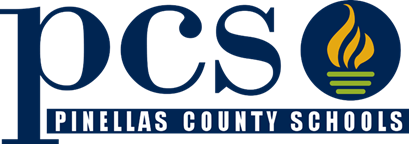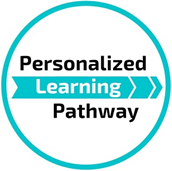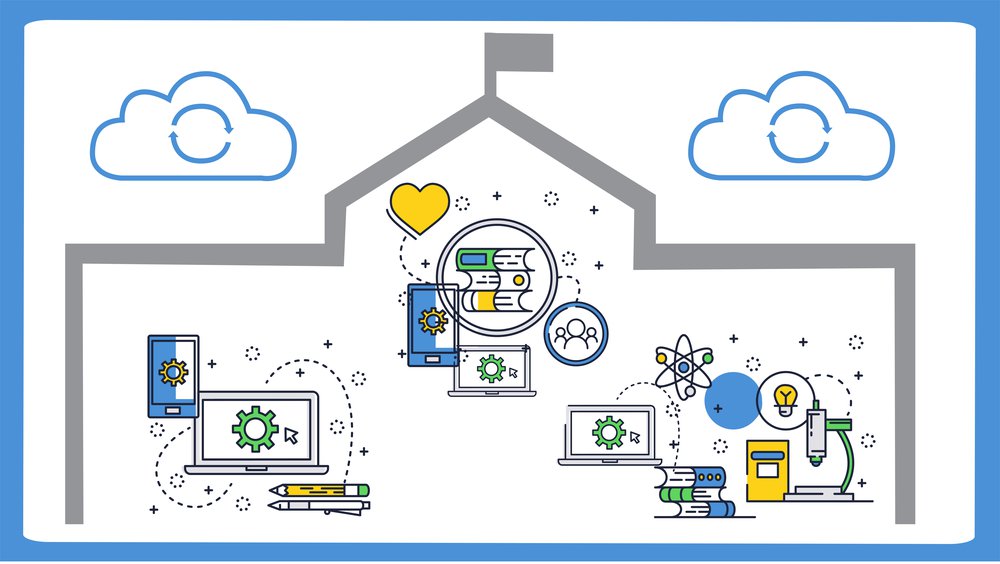Interview with Charles Sosnik, Learning Counsel Editor

Connie Kolosey, Ed.D. is the Director of Media, Text and Digital Learning for the Pinellas School District in Florida. Like many of the districts in Florida, Pinellas is a large, county-wide district serving over 100,000 students. It is the seventh largest district in the state and the 26th largest in the nation. Recently, the Learning Counsel’s Charles Sosnik spoke with Dr. Kolosey to find out how technology can present challenges at scale and what solutions she has found.
Learning Counsel: How does being in a large district create challenges of scale? Why is consistency important?
Dr. Kolosey: Technology has become a huge component of our instructional delivery system and vendors have been quick to respond with a variety of options. Very often these options are marketed directly to teachers on a “freemium” basis. Other vendors reach out to principals to purchase hardware or software solutions. However, in almost all cases, these purchases require professional development and technical support. In a district with 100,000 students and 8,000 teachers, it is literally impossible to have technology support personnel available who are knowledgeable in every combination needed if there isn’t standardization across schools. Additionally, our teachers (and students) switch schools and classrooms, and so consistency across the district becomes critical. Just like when we pull into McDonalds, we expect a Big Mac to taste like a Big Mac whether we are in Florida or California, teachers and students need to be able to transition without having to learn a whole new system of operation. Consistency is critical for efficient user support and content delivery.
LC: Your district makes all the purchasing decisions for curriculum. What is the process for making sure purchases fit with the core curriculum?
Dr. Kolosey: Our schools are actually resource-rich with a variety of tools and platforms available. However, they do have some flexibility in purchasing digital content or devices. We have a formal process to ensure that purchases made with school-based funds do align with our core curriculum and technology infrastructure. Our IT Governance Committee is comprised of cross division top district leaders including Teaching and Learning, Technology and Information Systems, Finance, Area Superintendents, CTAE, Operations, and Assessment Research and Accountability. Schools complete a basic form describing the desired purchase including the cost and the required support. The committee reviews each request to determine the appropriateness of the purchase. Most are ultimately approved, but this overview process provides an opportunity to keep committee members informed on factors that need to be considered from other division perspectives and ensures that schools follow district processes such as obtaining data sharing agreements and using our district single sign on.
LC: Why is collaboration important? How does collaboration create challenges in personal responsibility?
Dr. Kolosey: Many platforms require cross departmental collaboration, support and buy-in in order to function. However, it is easy to fall into a pattern where no one actually “owns” it. Thus, when problems arise, no one has the full authority or responsibility to fix it. Unfortunately, it is the end user that suffers in this scenario.
We have recently experienced this phenomenon related to our school news broadcasting system. The current system was purchased many years ago by people no longer with the district. It was designed to replace coax cable and televisions. However, many schools didn’t make the switch and continued using the TV’s until they broke down or until the cable company installed digital cable boxes recently. When the current multicast encoders were purchased, they required an extension to be installed on every teacher device and of course that software needed to be updated periodically. The teacher machines all had to be hardwired for it to work and this was at a time when teachers were beginning to enjoy the freedom of working wirelessly, causing frustration.

My Library Media Department employs the one TV Broadcast Technician in the district and her job is to help schools with the equipment needed to broadcast their morning news shows. However, she has no jurisdiction over the coax cable system, TV repairs, or installing access points. In fact, this process involved our maintenance department, our telecommunications department, our technology information department, the cable company, the vendor, and the classroom teacher’s user proficiency. A breakdown at any point along the way means the school news program does not broadcast. When the broadcast is inconsistent, teachers stop logging on. We have recently purchased a solution that once set up will streamline this process. Before adopting this solution, we met with all impacted departments and developed a collaborative implementation plan. We are hopeful this will lead to success.
LC: How do free curriculum resources affect your process? Do these free resources ever make it to the district-wide level?
Dr. Kolosey: We of course love free resources! You have heard the saying, “if it is free, it is for me!” Unfortunately, nothing is really free. As mentioned above, many vendors reach out to teachers to provide “free” resources, however, these can be a real concern for data security, communication archiving and accountability. As with any large organization, communication is a major challenge. Getting the word out to teachers about our district policies is no different. Once we as a district reach out to the vendor to find a way to make the resource available while following district and state policy, suddenly the “free” resource becomes very costly. We no sooner get one product under control than another one pops up as a concern. There are a few “free” applications that we have been able to make available district-wide through data sharing agreements and rostering through our single sign on.
LC: How does everything work with your single sign in solution?
Dr. Kolosey: We have been able to make it look to the end user that they are accessing all the resources through our single sign on portal. Many of our vendors do partner with our single sign on, but others use OneRoster and we can provide a link on our single sign page.
LC: Can you tell me about your personalized learning platform built by students?
 Dr. Kolosey: Our Personalized Learning Pathway (PLP) is a project that came at the cross section of our work with the Gates grant for personalized learning and our Bridging the Gap plan which seeks to close our achievement between black and nonblack students. Our Deputy Superintendent envisioned a digital platform that would tie individualized student data to targeted lessons for remediation and enrichment. He wanted this platform to be available 24/7 and a place where parents, mentors, and community members could direct students to go to encourage academic work outside of the school day. We reached out to our students at the Center for Advanced Technology at Lakewood High School who had recently designed a hurricane shelter management site for the district. Through collaboration with the district’s Digital Learning, Assessment, Accountability and Research, and Technology Information Systems departments, and vendors, the students developed the PLP on a Share Point site. They designed the look and coded the data tables.
Dr. Kolosey: Our Personalized Learning Pathway (PLP) is a project that came at the cross section of our work with the Gates grant for personalized learning and our Bridging the Gap plan which seeks to close our achievement between black and nonblack students. Our Deputy Superintendent envisioned a digital platform that would tie individualized student data to targeted lessons for remediation and enrichment. He wanted this platform to be available 24/7 and a place where parents, mentors, and community members could direct students to go to encourage academic work outside of the school day. We reached out to our students at the Center for Advanced Technology at Lakewood High School who had recently designed a hurricane shelter management site for the district. Through collaboration with the district’s Digital Learning, Assessment, Accountability and Research, and Technology Information Systems departments, and vendors, the students developed the PLP on a Share Point site. They designed the look and coded the data tables.
Of course, they ran into obstacles that required reworking and rethinking. One such obstacle was managing the sheer volume of the data to be processed. Another obstacle was the platform required a level of interoperability between our vendors that was not in place before we started. The students worked during class time for two years. During the intervening summer, about ten students were paid for their work. The 2018-2019 school year was the first full year of implementation. Over 43,000 unique users have logged on. Students coming to the site for the first time are very intrigued by seeing their own picture and data indicating their progress toward graduation. This includes their current GPA, credits requirements, credits earned, SAT/ACT scores and even their standing for NCAA eligibility. Once at the site, they have access to standards-based lessons built into playlists.
LC: How does the Pinellas Virtual School fit into the equation?
Dr. Kolosey: Pinellas Virtual School was developed in response to new legislation that students would have opportunities to attend a full-time virtual program. It was developed in order to keep students under the umbrella of the district rather than lose FTE and to keep students on pace with the district’s learning expectations as they move to virtual to traditional and back. We currently have about 2,000 students K12 who are taking advantage of this opportunity.
LC: When you become a 1:1 district, what kind of a difference will that make?
Dr. Kolosey: Pinellas has not set a goal of achieving 1:1 status. Currently, we are at about 3:1. We have several special programs that are 1:1. This presents both opportunities and challenges. The plus is that each student always had a device which creates a more flexible opportunity for teachers to integrate technology. Also, single users on a given device makes accessing personalized platforms easier. On the downside, the research does not support that students use devices all day every day and so we then have an expensive resource sitting idle. Also, for a large district the management, updates, licenses, and replacement costs are prohibitive.
LC: In a few years (five or so), how might technology hurt, help or change the way content is delivered to learners?
Dr. Kolosey: Currently, we are seeing push back to too much screen time. Technology cannot be used as a babysitter replacing face to face instructional time with the teacher. Nonetheless, technology provides a great opportunity for differentiation and for creation and collaboration tools. Over the next five years, I believe we will continue to see this tension for balance.











